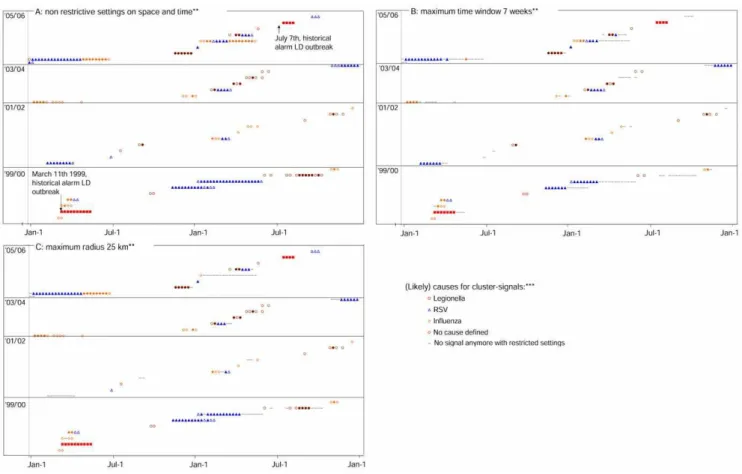Syndromic surveillance for local outbreaks of lower-respiratory infections: would it work?
Texto
Imagem



Documentos relacionados
- Compreender como é que os contos populares são mediadores da relação afetiva. Optou-se por uma metodologia de natureza qualitativa interpretativa, escolhendo-se
Two outbreaks associated to bloodstream infections were detected within the period of two years (2001- 2002) at the Neonate Intensive Care Unit (NICU) of Uberlândia Federal
Burden of disease by lower respiratory tract infections in Brazil, 1990 to 2015: estimates of the Global Burden of Disease 2015 study Carga de doença por infecções do
viruses is compared with severity of infections caused by a single pathogen in infants hospitalized due to acute lower respiratory tract disease.. Molecular biology techniques were
Two-year prospective study of single infections and co-infections by respiratory syncytial virus and viruses iden- tified recently in infants with acute respiratory
In the unadjusted analysis between contextual variables and periodontal disease, while the higher proportion of smokers and the lower integration of OHT/FHP were associated
Moreover, the concomitance of outbreaks of the dengue and Zika virus infection and the occurrence of a similar disease caused by Mayaro (an American alphavirus related to CHIKV)
Eleven serotypes were associated with human disease, and at least eight were responsible for outbreaks: Eastern equine encephalitis virus (EEEV), Western equine encephalitis